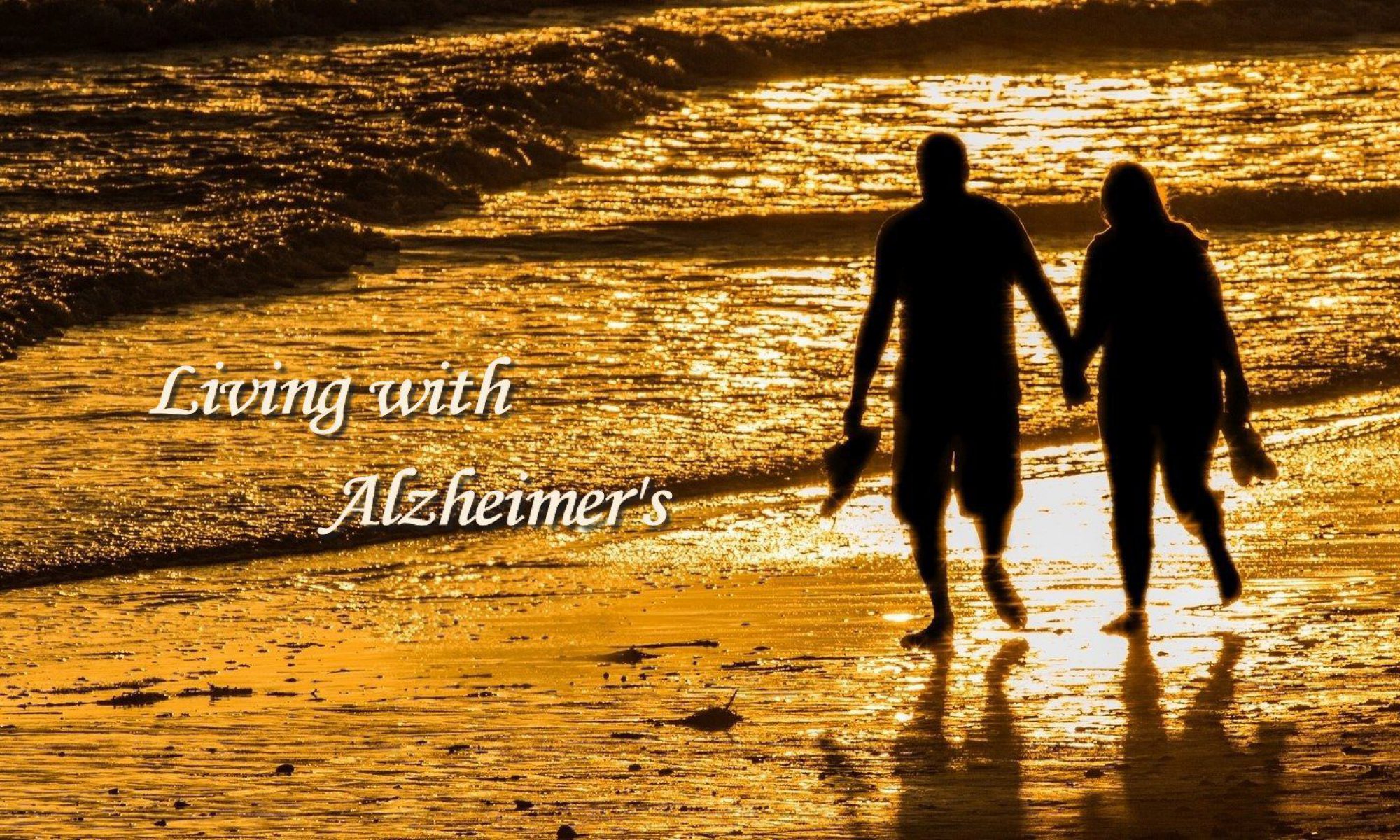It was a very peaceful morning in our home. Kate slept until almost 11:00. I also slept a little later, 6:25, after initially waking at 5:15. I had breakfast and got in a walk of almost three miles. I checked email and did some reading in a book I discovered recently, The Dementia Handbook: How to Provide Dementia Care at Home by Judy Cornish. Her approach to caregiving for people with dementia has captured my attention. (I’ll say more about that below.) As always, I’ve had music going constantly. This morning it was a collection of classical sacred music. This is the closest I come to meditating.
The Dementia Handbook led me to think about how Kate and I have approached her Alzheimer’s. At the time of her diagnosis, we were determined to make the most of our time together although we didn’t know how much time that would be. The doctor gave us the impression that it might be as long as twelve years but, possibly, less. I am sure neither of us imagined that she would be getting along as well as she is almost 7 ½ years later. It is really remarkable how well she does, especially since her memory is so very poor.
I read a lot of different things about dementia. One of those is that people with dementia retain abilities related to emotions far longer than they remember names and facts. I was shocked when I first discovered that my mother did not know me. For a long time, she had greeted me as she had all her life. I assumed, incorrectly, that she knew I was her son. In a sense, she did know me. That is, she recognized me, but she no longer knew my name or that I was her son. I have noted in several of my posts that Kate is beginning to forget the names of our children, but she still knows them when she sees them. At this point, it is only the names that are slipping. The same is true for me. Sometimes she forgets my name, but she still knows I am her husband.
What I am learning from The Dementia Handbook makes a lot of sense in terms of my own observation of Kate. In most ways, she usually appears perfectly normal to anyone we meet in short-term interactions like those that occur at Panera, Barnes & Noble, or any of the restaurants we frequent.
She retains the ability to greet people, to express interest in them, or to offer encouragement. For example, at lunch today our server was telling us about her week. Her car died. She has no transportation. She is a single mother who works full-time as a server while going to school. I told her I couldn’t imagine how she was able to deal with all that. She said she sometimes just goes into the bathroom, breaks down, and cries. Kate immediately spoke words of encouragement and suggested that it was good to “get it all out,” and she did so with a tone of voice that communicated her sincerity.
On numerous occasions, she has approached house cleaning staff in hotels or similar personnel in restaurants and expressed appreciation for keeping the place so clean. A year ago this past Christmas, her cousin, Sharon, took us to lunch at her country club. As we left, Kate thanked a member of the clean up crew. Sharon was amazed at Kate’s sensitivity. I am also mindful of the fact that at the time of her diagnosis, we were told that she would retain her greatest strengths the longest. Her social skills and a caring heart are among those.
I will never know all the things that have made Kate’s experience with Alzheimer’s so much better than that of many others. I do believe, however, Cornish has it right when she suggests that the best way to care for a person with dementia is to recognize that she is unable to do many of the things that depend on memory but that other abilities remain in tact for quite a while. The best treatment is to minimize the situations demanding memory and maximize those that capitalize on the person’s experiential skills. I believe that is what we have done. Rather than remaining at home most of the time which is the easy thing to do, we are out and about a good portion of the day including the dinner hour. I started eating out for all our meals as a way that Kate and I could focus on each other more than we might have done if I prepared meals at home and then cleaned up the dishes afterward. I didn’t realize how critical this would be to both of us from a social standpoint. I plan to keep it up as long as it is feasible.





